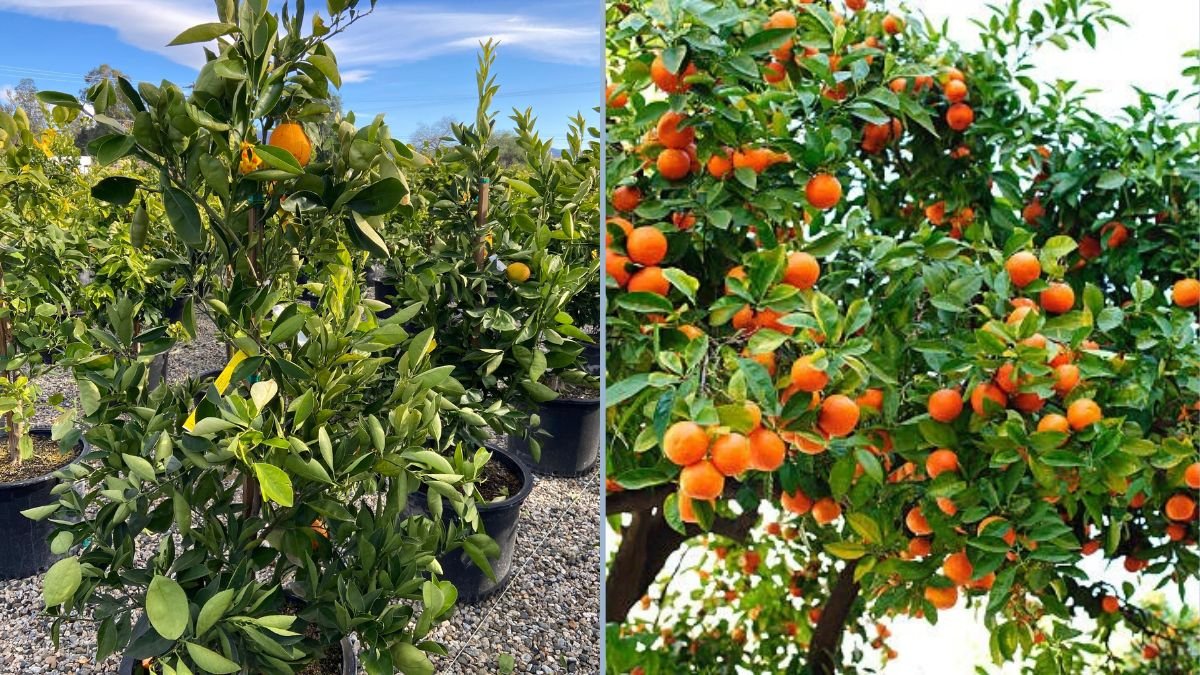Citrus lovers around the world are familiar with the classic navel orange, but the Cara Cara orange stands out for its unique color, flavor, and versatility. Often called a pink-fleshed navel orange, the Cara Cara is prized for its sweet, low-acid taste and striking, vibrant interior. Whether you’re a seasoned gardener or a citrus enthusiast looking to expand your home orchard, growing Cara Cara oranges is a rewarding experience.
This guide will explore everything you need to know about Cara Cara oranges, from their origin and unique qualities to planting, care, and harvesting tips, so you can enjoy juicy, flavorful oranges right from your garden.
What Makes Cara Cara Oranges Special?
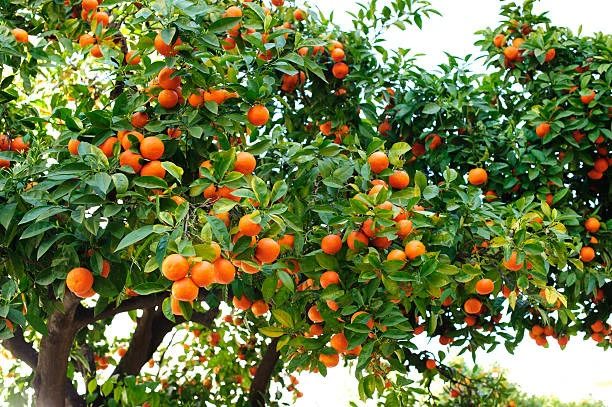
Cara Cara oranges are distinguished by several unique characteristics:
- Pink-Red Flesh: Unlike traditional navel oranges, Cara Cara oranges have a bright pink to reddish interior, making them visually stunning.
- Sweet, Low-Acid Flavor: They offer a balanced, sweet flavor with hints of cherry, berry, and cranberry, making them perfect for fresh eating or juicing.
- Seedless Convenience: Like most navel oranges, Cara Cara oranges are naturally seedless, ideal for snacking and recipes.
- High Juice Content: Cara Cara oranges are juicy and refreshing, perfect for summer beverages.
- Attractive Tree: The tree produces glossy green leaves, fragrant blossoms, and vibrant fruit, adding ornamental appeal to any garden.
This variety is not only delicious but also visually striking, making it a favorite among citrus growers and chefs alike.
Origin of Cara Cara Oranges
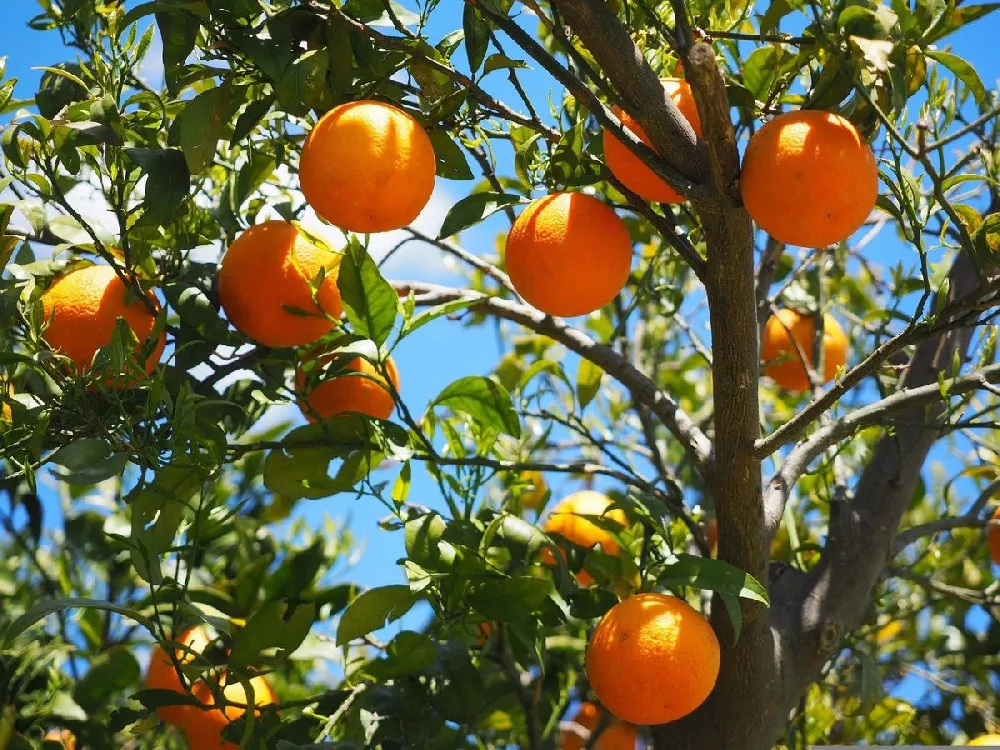
The Cara Cara orange originated in Venezuela in the mid-1970s. It is a mutation of the Washington navel orange, discovered in the Cara Cara region of Venezuela, hence its name. Over time, this variety became popular worldwide for its unique flavor and color, and it is now cultivated in regions like California, Florida, and Mediterranean climates.
Despite its striking interior, the Cara Cara orange shares the same ease of care and adaptability as other navel oranges, making it suitable for home gardeners.
Planting Cara Cara Orange Trees
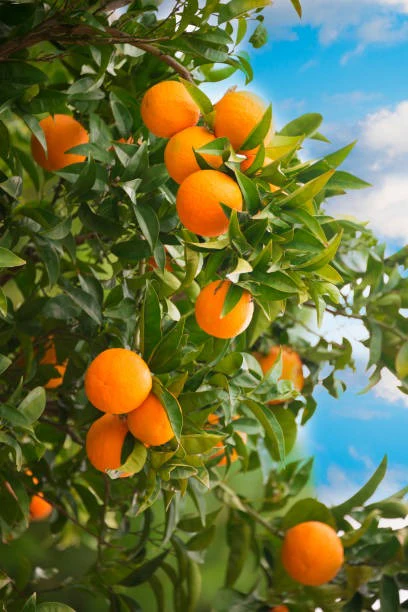
Starting a Cara Cara orange tree correctly is crucial to ensure healthy growth and abundant fruit.
1. Choosing the Right Tree
- Select a healthy, disease-free tree from a reputable nursery.
- Consider dwarf rootstocks if you have limited space or want to grow in containers.
2. Site Selection
- Sunlight: Full sun is essential; aim for 6–8 hours per day.
- Soil: Well-draining, slightly acidic to neutral soil (pH 6–7) is ideal.
- Protection: Choose a site sheltered from strong winds, which can damage branches and flowers.
3. Planting
- Dig a hole twice the width of the root ball.
- Mix soil with organic compost to boost fertility and drainage.
- Place the tree upright, ensuring the graft union (if present) is above soil level.
- Fill in soil, gently firming around the base, and water thoroughly.
- Apply 2–3 inches of mulch around the base, keeping it away from the trunk.
Container planting is an excellent option for small spaces or cooler climates. Use a large pot with good drainage and high-quality citrus soil.
Caring for Cara Cara Orange Trees
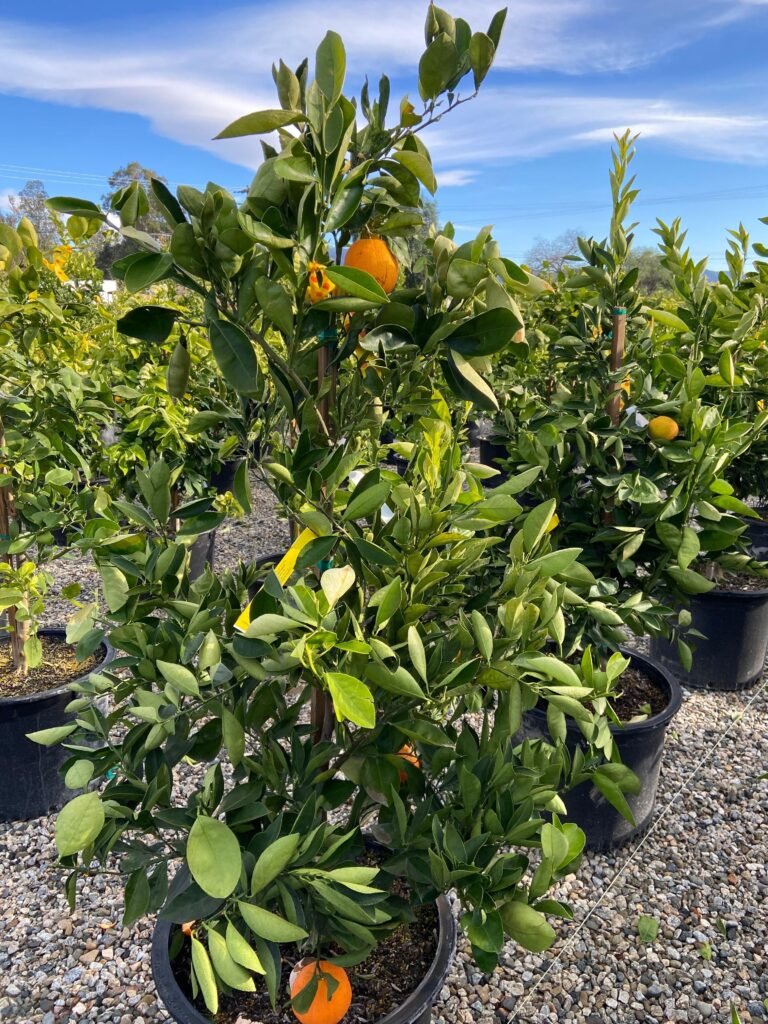
Proper care ensures healthy growth, abundant fruit, and vibrant foliage.
1. Watering
- Young trees need regular, deep watering to establish roots.
- Mature trees are drought-tolerant but benefit from consistent watering, especially during flowering and fruiting.
- Avoid overwatering, which can cause root rot.
2. Fertilization
- Use a citrus-specific fertilizer high in nitrogen, phosphorus, and potassium.
- Fertilize 3–4 times per year, adjusting for container-grown trees.
- Micronutrients like magnesium, iron, and zinc help maintain leaf health and fruit quality.
3. Sunlight and Temperature
- Cara Cara oranges thrive in full sun and warm temperatures.
- Ideal growth occurs between 65–85°F (18–29°C).
- Protect from frost with covers or by moving container trees indoors in colder climates.
4. Pruning
- Remove dead, damaged, or crossing branches to improve airflow.
- Minimal pruning is required for fruit production; light pruning after harvest maintains tree shape.
Flowering and Fruit Development
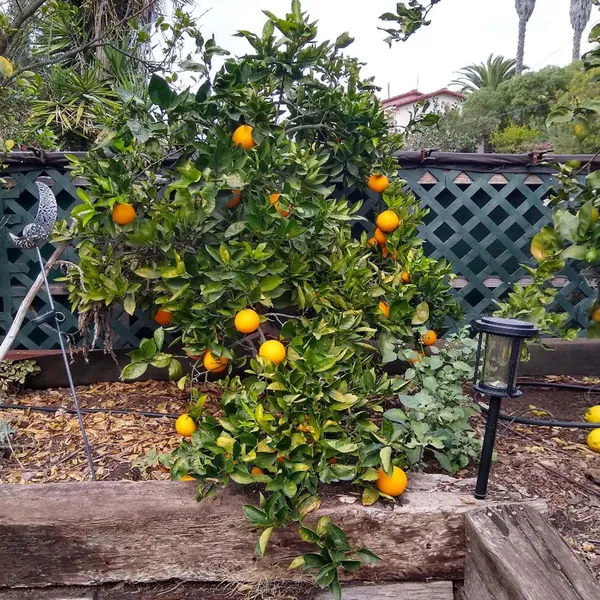
Cara Cara oranges typically bloom in spring, producing fragrant white flowers that attract pollinators.
- Pollination: While self-pollinating, bees help improve fruit set.
- Fruit Set: Flowers develop into small green oranges that gradually ripen over 6–8 months, depending on climate and care.
- Fruit Characteristics: The tree produces medium to large oranges with bright pink flesh and smooth, glossy rind.
Proper watering, fertilization, and sunlight during flowering are critical for high-quality fruit production.
Pest and Disease Management
Cara Cara orange trees are relatively hardy, but gardeners should watch for common citrus pests and diseases:
Common Pests
- Aphids: Feed on sap; control with insecticidal soap or natural predators.
- Scale Insects: Can weaken the tree; treat with horticultural oil or prune infested areas.
- Spider Mites: Cause stippling and leaf damage; manage with water sprays or miticides.
Common Diseases
- Citrus Canker: Causes lesions on leaves and fruit; remove affected areas promptly.
- Greening Disease (HLB): Serious bacterial disease; purchase disease-free trees and monitor regularly.
- Root Rot: Caused by waterlogged soil; ensure proper drainage.
Regular monitoring and early intervention help maintain tree health and fruit quality.
Harvesting Cara Cara Oranges
Harvesting at the right time ensures maximum sweetness and flavor.
Signs of Maturity
- Color: The peel turns bright orange.
- Size: Medium to large fruits are fully developed.
- Ease of Picking: Mature oranges detach easily with a slight twist.
- Taste Test: Sample an orange; Cara Cara oranges are ready when sweet and juicy with low acidity.
Unlike some fruits, oranges do not continue to ripen significantly after picking, so harvesting at peak maturity is essential.
Enjoying Cara Cara Oranges
Cara Cara oranges are versatile and delicious:
- Fresh Eating: Slice for breakfast or snacks.
- Juicing: Make fresh, flavorful orange juice.
- Salads and Desserts: Add segments to salads, tarts, or sorbets.
- Garnishing: The pink flesh adds visual appeal to dishes.
- Gifting: Homegrown oranges are a thoughtful, tasty gift.
Their unique color and sweet flavor make Cara Cara oranges a favorite for both personal consumption and culinary presentation.
Tips for Success
- Select Healthy Trees: Choose disease-free nursery stock.
- Provide Full Sun: Essential for growth, flowering, and fruit quality.
- Water Consistently: Avoid stress to improve fruit size and sweetness.
- Fertilize Regularly: Ensure balanced nutrients for healthy foliage and fruit.
- Prune Lightly: Maintain tree shape without reducing fruiting.
- Monitor for Pests and Diseases: Early detection prevents major problems.
- Consider Container Growing: Ideal for small spaces or cooler climates where trees need protection.
By following these practices, you can enjoy vibrant, flavorful Cara Cara oranges year after year.
Conclusion
The Cara Cara orange is a delicious, visually striking citrus that elevates any home orchard or garden. Its seedless, sweet, low-acid flesh makes it perfect for fresh eating, juicing, and culinary creations. With proper planting, consistent care, and patience, this variety can produce beautiful, abundant fruit that delights the senses.
Whether grown in the ground or a container, the Cara Cara orange tree combines ornamental beauty and culinary value, making it a must-have for citrus enthusiasts. By nurturing this remarkable tree, gardeners can enjoy homegrown oranges that are both vibrant and flavorful, bringing a taste of sunshine and tropical delight to every meal.
Growing Cara Cara oranges is not just about fruit—it’s about cultivating a garden that rewards you with color, taste, and the satisfaction of nurturing a tree from nursery to harvest.
